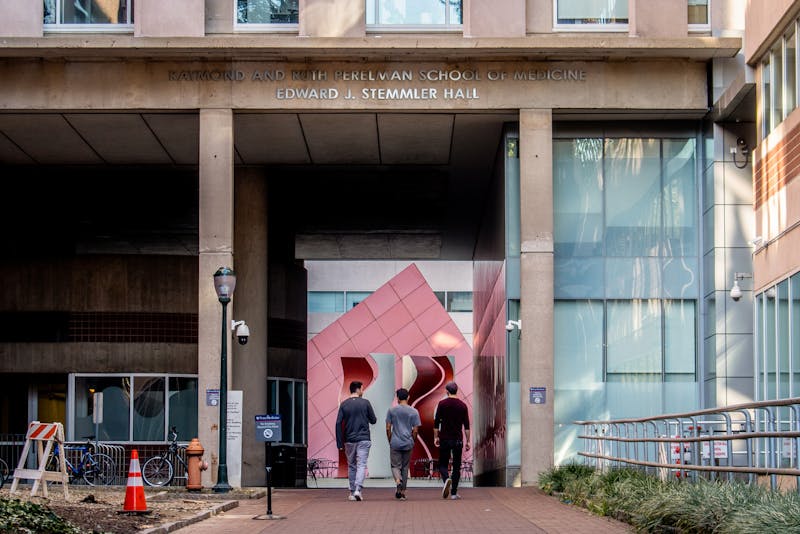
Census data from the American Community Survey released Thursday highlighted changes in the Philadelphia region that have occurred as a result of the pandemic.
The annual survey found that nearly 1 in 4 Philadelphians over the age of 16 worked from home in 2021 — a consequence of the COVID-19 pandemic — compared to only 1 in 20 that did so in 2019. Philadelphians were more likely to be working from home than the average American, and counties with higher median household incomes saw a greater increase in residents working from home.
With more people working from home, public transportation use has dropped, with only 14% of residents commuting by public transportation in 2021 compared with 25.5% in 2019. The drop was mostly seen in the city; public transit usage rates in the suburbs dropped less dramatically.
Public transportation ridership in Philadelphia, namely through SEPTA and PATCO, has still not risen to pre-pandemic levels. Regional rail ridership, however, has shown growth and is expected to continue growing in the coming months.
With more people working virtually, more households gained access to an internet connection and computer. Between 4,000 and 21,000 more households had access to a computer in 2021 than in 2019, while the increase in internet subscriptions ranged from 0 to 23,000 households.
Thousands fewer children in the city were enrolled in school in 2021 compared to in 2019, despite the school-aged population staying roughly the same. The specific numbers have a large margin of error, but it is estimated that between 2,000 and 21,000 fewer children were enrolled in school in 2021 than in 2019. The decline is largely driven by pre-school-aged children.
Last year also saw an increase in college-educated individuals leaving the city. Before, a majority of the people leaving the city did not have college degrees, but that statistic flipped in the early months of the pandemic. Earlier data from the Census Bureau showed that the city’s population dropped from July 2020 to July 2021, marking the biggest one-year decline in population since 1975.
Income inequality across the nation largely grew during the pandemic, but it dropped in the Philadelphia region and Pennsylvania as a whole. Philadelphia, however, still has high levels of income inequality, exceeding suburban counties in Pennsylvania and across the nation.
The Daily Pennsylvanian is an independent, student-run newspaper. Please consider making a donation to support the coverage that shapes the University. Your generosity ensures a future of strong journalism at Penn.
Donate







